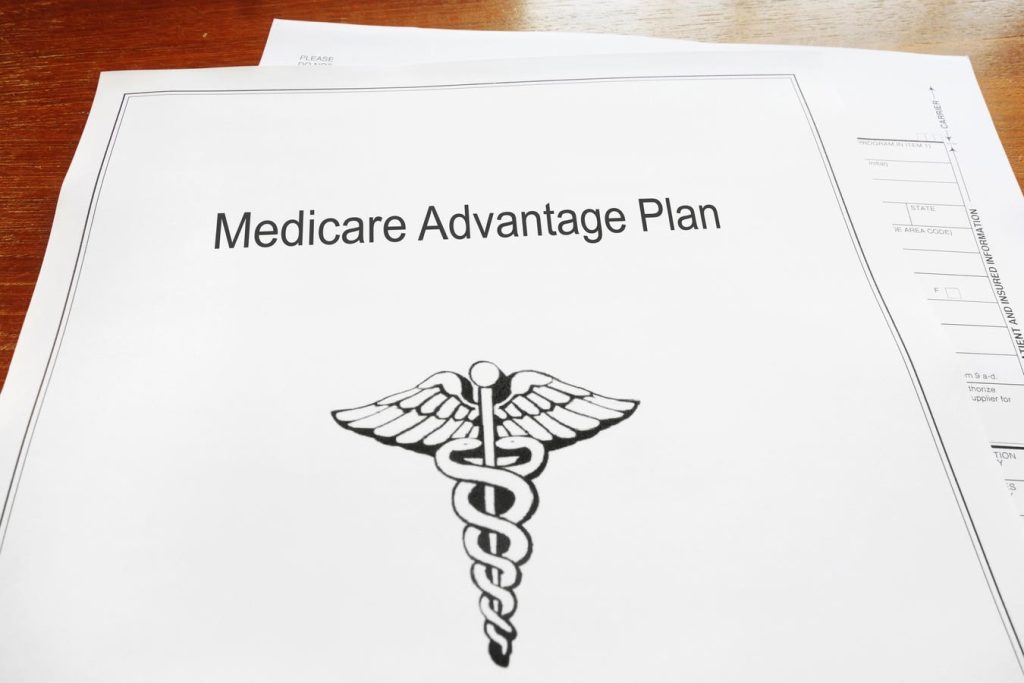In a 2023 survey, over 65% of participants said that Medicare was confusing and difficult to understand. This can result in coverage problems. Here’s a recent example involving two friends, both in their mid-80s.
They spend several months every year in Florida. They changed their plan a few years ago and things have not worked the same since. They couldn’t understand why they are paying way more for their doctors, both in Florida and at home.
I asked them what type of coverage they have and they responded, “Medicare.” My friend pulled out his wallet and produced the card for a Medicare Advantage plan, which provided immediate clarification.
In a previous post, I presented some basics on how the cards in your wallet can identify the type of Medicare coverage you have and how it operates. Probably the most important piece of information on a Medicare Advantage card is the type of plan. My friends did not realize the implications of those letters. Some basic information can help.
There are three types of plans that are available to most Medicare Advantage members.
Health maintenance organization (HMO) plan
- About 56% of Medicare Advantage members have an HMO plan.
- Many HMO plans have no premiums.
- Members generally must choose a primary physician and see providers in the network for routine medical care. An HMO will not cover care outside its service area, except in an emergency.
- The plan can require referrals and likely will apply prior authorization for many services.
- These plans can include drug coverage. However, if there is no drug coverage, members cannot purchase a stand-alone Part D plan.
Point-of-service option (HMO-POS) plan
This is an HMO plan that adds a point-of-service (POS) option. A few years ago, I rarely saw an HMO-POS plan but today, there are many more. These plans have about 5 million enrollees. In some locations, they make up about half the HMOs available.
These plans are almost identical to an HMO with one exception. The POS option allows a plan member to receive services out-of-network. You might think that’s great; you have options for enhanced coverage. However, the plan determines the services that it will cover so check plan documents for out-of-network coverage. I have reviewed many Medicare Advantage HMO-POS plans recently and the only out-of-network option offered I found is for dental services.
Preferred provider organization (PPO) plan
- PPO plans are about 43% of Medicare Advantage plans.
- These plans are more likely to have premiums than HMOs.
- Members have the flexibility to choose doctors, specialists, or hospitals that aren’t in the plan’s network. However, non-network physicians have no obligation to treat patients who are not in one of their contracted networks, except in an emergency.
- If an out-of-network physician agrees to bill the plan, the services can cost more.
- Just as with an HMO, these plans will require prior authorization. Most include drug coverage but, if not, the member cannot get a Part D plan.
Special Needs Plan (SNP)
- The number of SNPs in 2025 is 1,445, more than double since 2018.
- These plans limit membership to people with specific diseases or characteristics – dual-eligible (eligible for both Medicare and Medicaid), nursing home residents, and those with chronic conditions.
- SNPs are network-based.
- The SNP may charge a premium and require referrals and prior authorization.
- An SNP features focused care management, special expertise of physicians and other health care providers, and benefits tailored to meet special needs.
- SNPs must also include Part D prescription drug coverage.
A private fee-for-service (PFFS) plan is one that some beneficiaries in rural communities may find. Once upon a time, these plans were extremely popular but then the rules changed. PFFS plans now account for about 1%. If one is available to you, read more about it here.
Solving the Mystery
The friends had started out on Medicare with a Medigap Plan F. After paying a premium, they did not have any medical bills because their healthcare providers in Florida and back home were in network. Then they changed to a plan with no premium and more benefits. What they did not know was the impact of this type of plan on their situation.
They had elected a Medicare Advantage HMO plan. Any doctors they see in Florida for their routine medical care are out-of-network, which explains the big increase in costs. A little investigation revealed that their long-time family physician at home was also not in the network so they paid extra costs for him.
They said they would switch back to what they had but that could be a problem. They would likely have to pass medical underwriting. They are part of that 90% of beneficiaries who do have a guaranteed issue right to get a Medigap policy. (They’ve been in Part B for more than six months and have no trial period available.) Their best option would be to investigate PPO plans during the fall Open Enrollment.
So when you feel the need to change Medicare Advantage, be sure to check out those three-letter codes on the plan you are considering. Understand what you’ll be giving up, as well as what you’ll be getting because, once you change, you may not be able to go back.
Read the full article here
